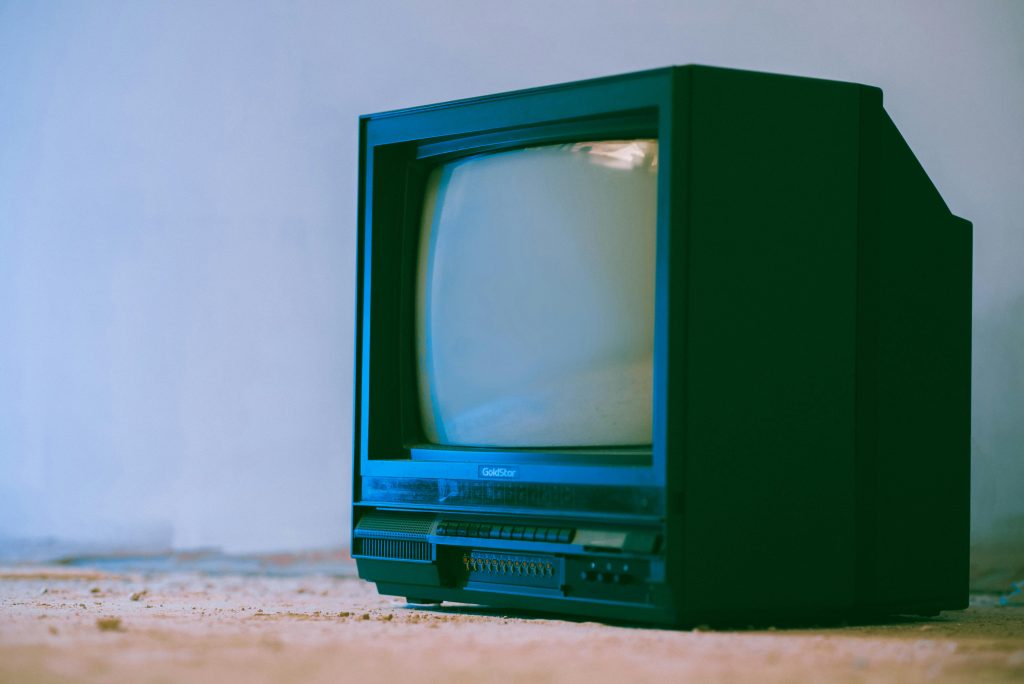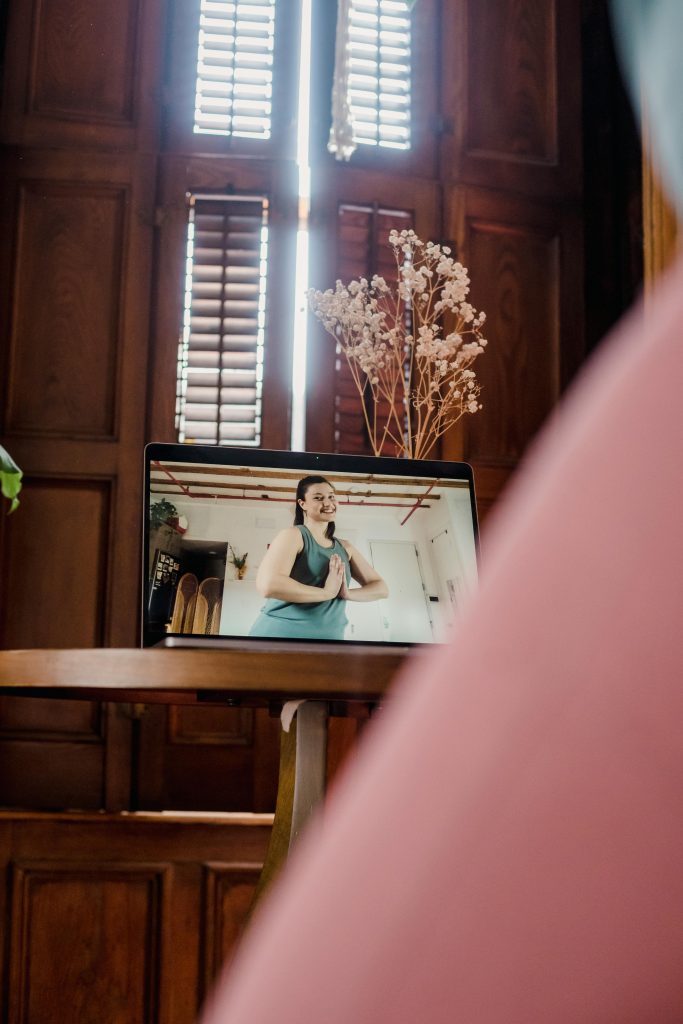Understanding the Risks of an Improperly Seated GPU
When it comes to building or upgrading your PC, ensuring that components are installed correctly is crucial for optimal performance and longevity. A common oversight that can occur, especially with graphics cards, is not fully securing the GPU in its PCI slot. This scenario raises a pertinent question: What potential risks may arise from having a GPU improperly seated?
Issues Caused by a Loose GPU Connection
If your graphics card isn’t fully inserted into the PCI slot, it can lead to several problems. First and foremost, an incomplete connection can result in unstable power delivery. This may manifest as system crashes, graphical artifacts, or even failure to boot altogether. These symptoms can often be mistaken for software issues or other hardware malfunctions.
In addition to immediate performance setbacks, a GPU that is not seated properly could experience physical strain over time. The card may shift during operation, leading to wear on the PCI pins or even damage to the motherboard. Moreover, excessive heat dissipation may become an issue, as the inadequate connection may prevent the GPU from reaching optimal performance levels, causing it to overheat during intensive tasks.
Long-Term Implications
After using a GPU in a partially seated state for a week, as you’ve experienced, concerns about long-term damage are valid. While some GPUs may still function adequately after being reseated, there’s a risk that underlying damage has already occurred. Inspect the card for any signs of physical wear, such as bent pins or discolored components, which could hint at deeper issues.
If the GPU operates normally post-reseating, you might be in the clear, but it’s a good idea to monitor its performance over time. Keep an eye out for any irregular behavior or artifacts when gaming or running demanding applications. If issues persist, consulting with a professional or considering a thorough diagnostic could provide peace of mind.
Prevention Is Key
For future installations or upgrades, take the time to ensure that components are securely fitted into their respective slots. A gentle yet firm push until you hear a click can often be the difference between a smoothly running system and a potential headache. Regular maintenance and cleaning of the PC can also help you catch any installation mistakes early on.
In conclusion, while a loosely seated GPU may not cause immediate disaster, the potential risks for both short-term instability and long-term damage can be significant. Always double-check your connections to maintain the health and performance of your computer system.
Share this content:




Thank you for sharing this detailed overview. Indeed, an improperly seated GPU can lead to a range of issues, from system instability to potential long-term hardware damage. To mitigate these risks, I recommend carefully removing the GPU and re-seating it, ensuring it clicks firmly into the PCI slot. Additionally, inspecting the PCI pins, motherboard slot, and GPU connectors for any visible signs of wear or damage is advisable. Regularly testing system stability after hardware adjustments and maintaining good airflow within your case can further prevent overheating and other related problems. If you continue experiencing issues or suspect hardware damage, consulting with a professional technician or utilizing diagnostic tools can help verify the integrity of your components. Remember, taking the time for proper installation now can save you from costly repairs or replacements in the future.